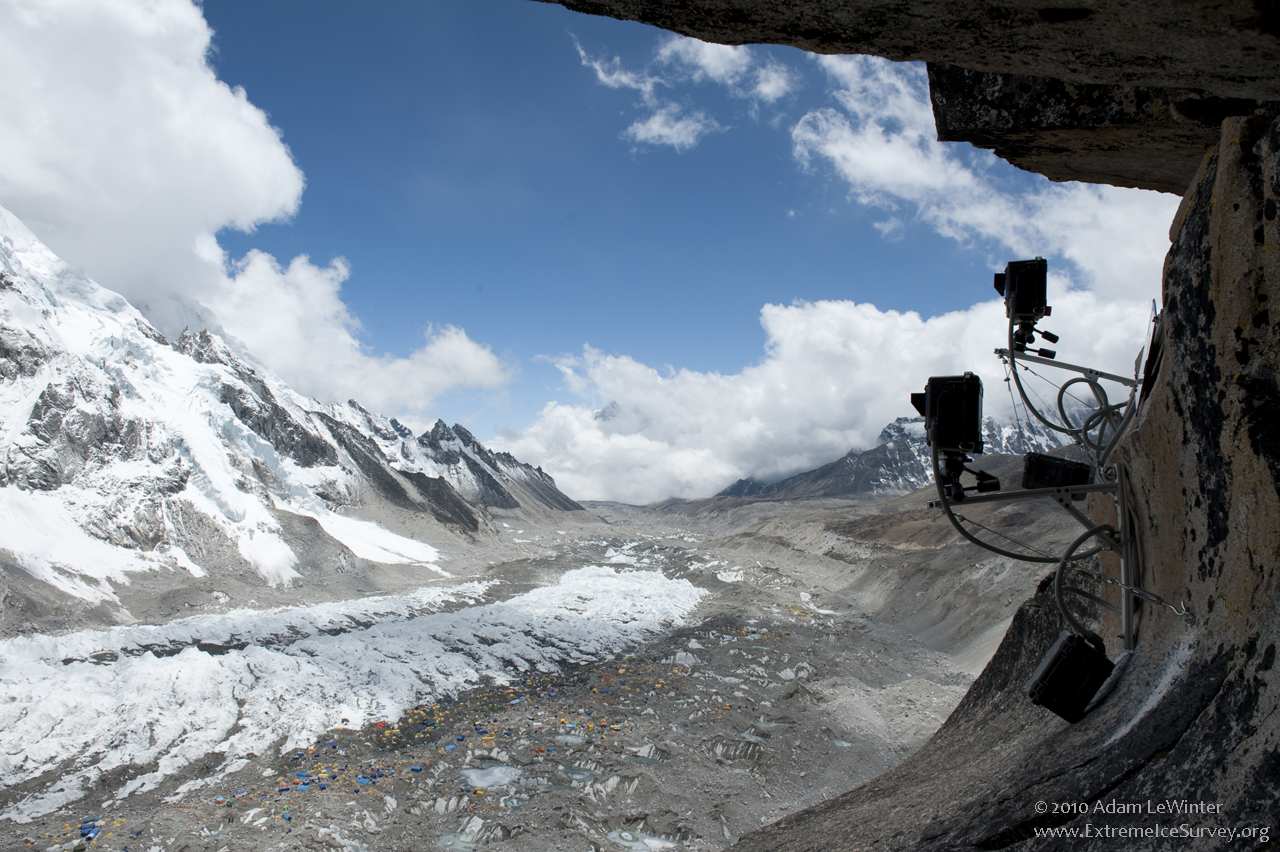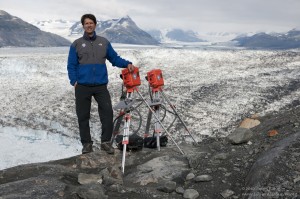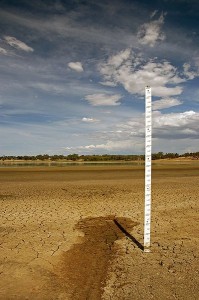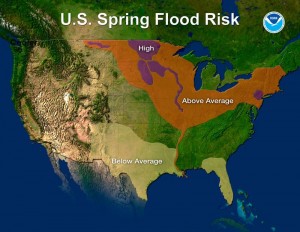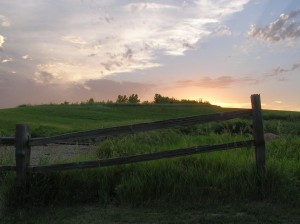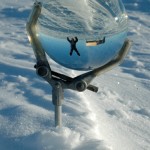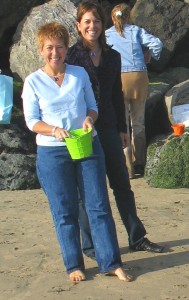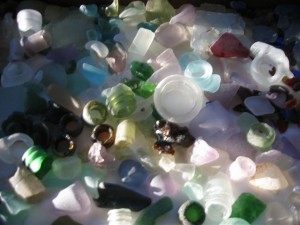To find the vanguard of climate education in the United States, keep an eye on four teachers in Maryland’s Wicomico County public school district.
Using field trips, editorial cartoons, even parent objections, they’re taking climate change far from the science classroom.
By Lisa Palmer
for the Daily Climate
BERLIN, Md. – Fifth grader Aman Shahzad looked closely at the level attached to the plumb line. “Lower, lower,” she called out. “OK! The bubble is in the middle.” Her classmate, holding the wooden surveyor’s pole, read the measurement: 14 centimeters.
The two students were from Pemberton Elementary School in nearby Salisbury, Md., the first to participate in a new, three-month interdisciplinary unit called “Investigating Climate Science” that spans science, math, economics and government. On this day in early spring on Maryland’s eastern shore, they were on a field trip to Assateague Island, measuring the slope of the beach as the first step in a lesson on sea-level rise.
The unit represents the vanguard of a nationwide effort, pushed by education and science groups, to broaden climate change education into a variety of physical and social science classes in public school curricula.
Yet even here, in one the most sophisticated climate change education units in the nation, teachers still feel the need to balance what the world’s scientific bodies know about climate change with what is represented in the public dialogue, avoiding terms like “global warming” and including a lesson questioning humanity’s impact on the problem.
Honing critical thinking
The three-month unit is designed for middle school and high-achieving elementary students. It was developed by four teachers in theWicomico County Public Schools’ gifted and talented program, with help from environmental educator Carrie Samis of the Maryland Coastal Bays Program. Lessons focus on climate science and hone critical thinking skills.
- In one lesson, students examined and analyzed editorial cartoons related to the proposed Keystone XL pipeline, and discussed the advantages and disadvantages of building a pipeline to ferry crude oil from Alberta’s tarsands to the United States.
- Another lesson examined the possible causes of changing climates, differentiating between anthropogenic and natural ones. Students studied greenhouse gases, climate indicators, and carbon footprints, then predicted positive and negative effects climate change may have on agriculture, the economy, infrastructure and wildlife.
 The full-day field trip to Assateague Island showed students how vulnerable the barrier island is to sea-level rise. They conducted a mock debate, acting as local stakeholders, on the impacts of salt marsh migration.
The full-day field trip to Assateague Island showed students how vulnerable the barrier island is to sea-level rise. They conducted a mock debate, acting as local stakeholders, on the impacts of salt marsh migration.- One lesson, called “the controversy,” probes “both sides of the story.” It examines uncertainties in historic data, fossil records, ice core samples and tree rings, posing the questions, “How do we know?” and “Where is the proof?”
- Several lessons are devoted to developing climate action plans and deciding what – if anything – students should do about climate change.
The diversified approach reaches and engages students via a number of different avenues. Gabe Dunn, a fifth grader at Westside Intermediate School, in Hebron, Md., liked the unit’s hands-on science and civics activities, especially debating the viability of land development amid marsh migration and sea-level rise. Cade Stone, a fifth grader at Pemberton Elementary, found the editorial cartoons appealing.
A need for ‘balance’
The unit has generated controversy.
Months before the lessons began, parents voiced concern over the contents and stressed a need for “balance.” Virtually every scientist studying atmospheric and earth sciences says climate change is real and that humans are the cause. But some parents sought inclusion of opposing theories, such as other causes and doubts that climate change is occurring.
In response, Nancy Rowe, one of four teachers developing the unit, devised lessons to show that climate change is not all caused by humans. “We want to be balanced,” Rowe said.
That desire of balance lead the program’s creators to avoid terms like “climate change” or “global warming” in lesson plans, Rowe said, “which would have sent a biased point of view.”
Scientists and educators who conduct workshops for teachers on climate change say this “false-balance” is not the correct approach.
“Human activities are the drivers of recent climate change,” said Susan Buhr, a climate scientist and director of the education and outreach program of the Cooperative Institute for Research in Environmental Science at the University of Colorado. “Teachers need to discern what is credible and not credible, and part of the job of teachers is to provide signposts to that end.”
‘Science has to lead’
Debate over the tradeoffs and values of how to respond to climate change is appropriate for environmental education, Buhr and other educators say. However, the strong evidence that supports the climate science and human causation of climate change doesn’t warrant equal weight with minority claims, often disputed by other research, that are not credible, they add. “Science has to lead,” Buhr said.
 Teachers drafting the program said criticism – or the desire to avoid it – influenced their decision to include alternate views. Parental opposition may have been small, said Samis, who helped write the climate curriculum for the Wicomico students. But it “has been at the forefront of my mind the whole time.”
Teachers drafting the program said criticism – or the desire to avoid it – influenced their decision to include alternate views. Parental opposition may have been small, said Samis, who helped write the climate curriculum for the Wicomico students. But it “has been at the forefront of my mind the whole time.”
After a local newspaper reported a front-page news story of the Wicomico County schools’ field trip to Assateague, readers accused the teachers of “brainwashing the kids with biased information” that climate change is occurring. “That hurt,” Rowe said. “We are really trying to expose them to both sides so that they can make their own decision about what to think.”
Lively lessons
Buhr disagrees with efforts that allow kids to make their own decisions about established scientific conclusions. “We don’t ask students in science class to make up their own minds over whether they believe in photosynthesis or if the earth is round,” she said. “Why would we be doing that here?”
– Nancy Rowe, teacher
Still, the teachers note that teaching the controversy has made for lively lessons in civics, politics and skeptical thinking – part of the goal of the whole unit. And the science is getting through.
The field trip was proof of that.
On this unseasonably warm March day, 160 students on a field trip from the Wicomico County gifted and talented program learned how climate change, sea level rise, and salt marsh migration will affect Maryland’s coastal areas. They also learned about economic, cultural, and social policies and decisions that local land owners, farmers, watermen, developers, and elected officials may have to make as the climate changes.
Science is really a process of discovery, of skepticism, of challenging long-held constructs, and controversy. By addressing parental concerns, discussing the different newspaper stories and linking student experiments to real-world situations, Rowe and her colleagues are, in effect, teaching the kids how to do science.
“We aren’t hiding anything,” Rowe said. “The kids love seeing both sides of a story.”
© Lisa Palmer 2012. All rights reserved.
Lisa Palmer is a freelance reporter in Maryland. Her work has appeared in Scientific American, Nature Climate Change, Fortune, and The Yale Forum, among other outlets. DailyClimate.org is a foundation-funded news service that covers climate change.
Photos of Wicomico County Public Schools students on a field trip to Assateague Island © Lisa Palmer.
This story was originally published by The Daily Climate.
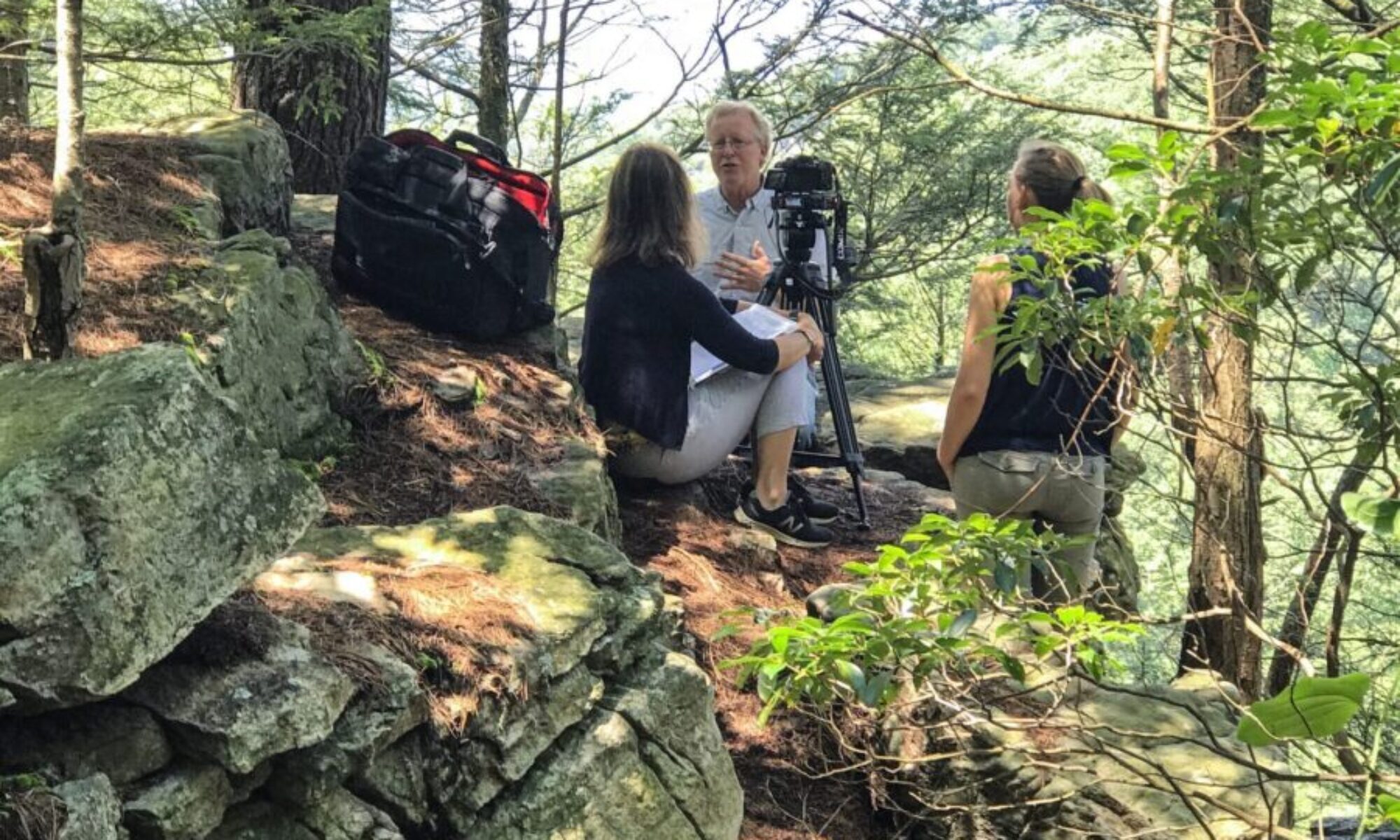
 The science of global warming has opened rifts in U.S. classrooms like evolution before it, but teaching it differently may improve science literacy overall
The science of global warming has opened rifts in U.S. classrooms like evolution before it, but teaching it differently may improve science literacy overall



